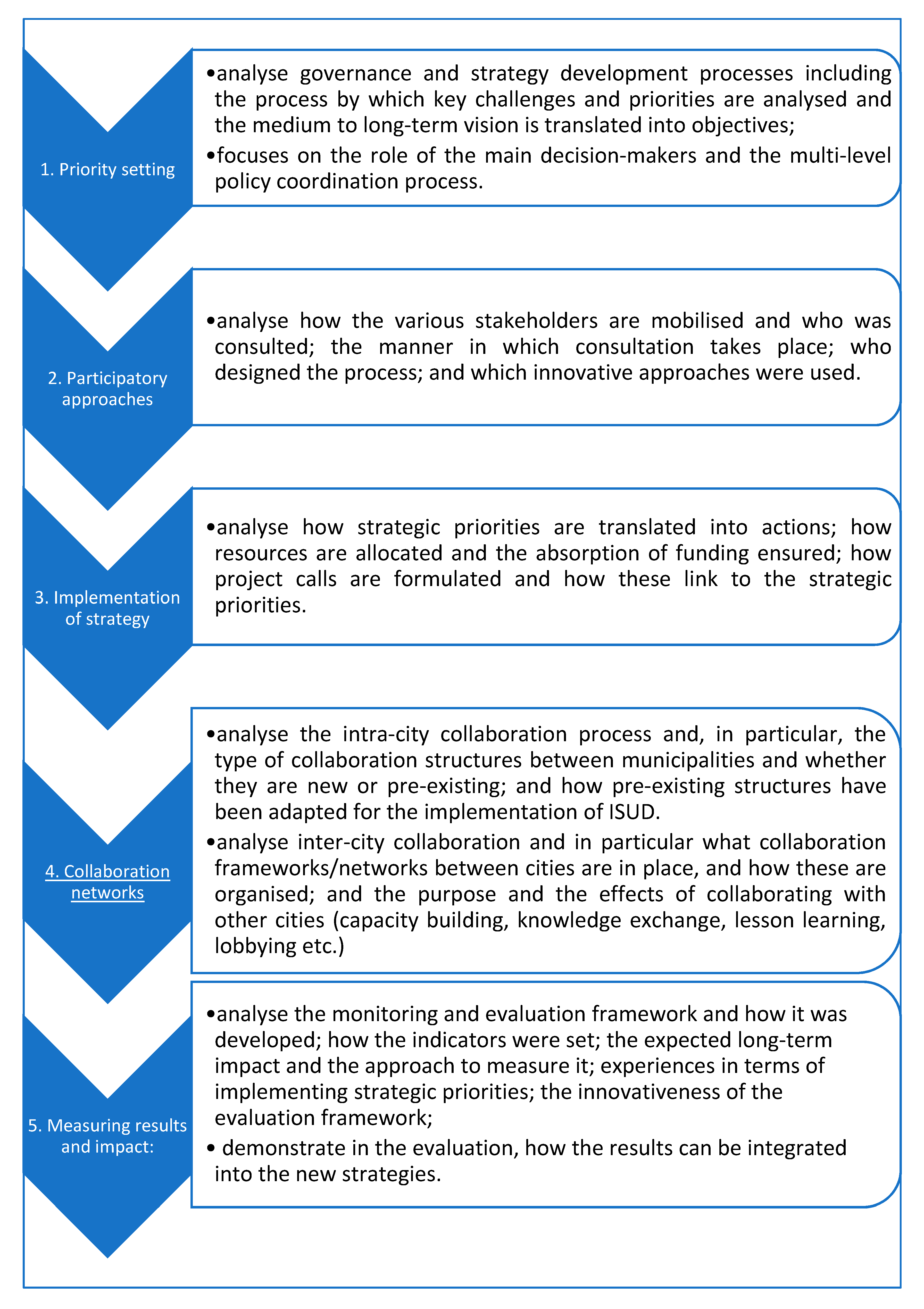Stakeholders must prioritize security, inclusion, innovation, and collaboration. Immediate action will ensure sustainable growth and competitive advantage.
In today’s fast-paced digital landscape, businesses and organizations face unprecedented challenges. Prioritizing security is non-negotiable; it protects assets and maintains trust. Equally important is fostering an inclusive environment that harnesses diverse talents and perspectives. Innovation drives progress, helping entities adapt and thrive amidst constant change.
Collaboration amplifies success, leveraging collective expertise for greater outcomes. Stakeholders from all sectors must embrace these pillars to navigate the complexities of the modern world. By acting now, they can build resilient structures that support continuous improvement and safeguard their future. This is the moment to commit to these critical areas, ensuring a robust and forward-thinking approach to the ever-evolving demands of the digital era.
The Urgency Of Action
The call for stakeholders to prioritize security, inclusion, innovation, and collaboration is not just a suggestion; it’s an imperative. The digital landscape is shifting beneath our feet, and the urgency to adapt is critical. Stakeholders must act now to safeguard the future.
Time-sensitive Challenges
Our world faces pressing issues that need immediate attention. Let’s break down these time-sensitive challenges:
- Security threats are evolving rapidly. We must stay ahead.
- Inclusion needs action today to build a fairer tomorrow.
- Innovation is the key to unlocking future opportunities.
- Collaboration bridges gaps between diverse groups for stronger solutions.
Consequences Of Inaction
The stakes are high. Here’s what we risk with inaction:
| Area | Risks |
|---|---|
| Security | Data breaches, financial loss, and trust erosion. |
| Inclusion | Widening social divides and missed talent. |
| Innovation | Stagnation and loss of competitive edge. |
| Collaboration | Missed partnerships and fragmented efforts. |

Credit: www.culturemonkey.io
Securing Our Future
Security, inclusion, innovation, and collaboration are not just buzzwords. They are essential pillars to build a resilient society. Our future depends on taking decisive action today. Stakeholders from all sectors must come together to create a safer world for everyone.
Strengthening Cybersecurity
Cyber threats are evolving daily. Organizations must act fast to safeguard their digital landscapes. A strong cybersecurity strategy involves multiple layers of defense.
- Employee training to recognize phishing scams
- Regular software updates to patch vulnerabilities
- Advanced threat detection systems for early warning
By investing in cybersecurity, we protect critical data and maintain public trust.
Protecting Physical Assets
Physical security is just as important as digital. Threats to infrastructure, buildings, and people must be addressed. We need robust measures in place.
- Assess risks to identify potential weak points
- Implement access control systems to monitor entry points
- Deploy surveillance tools to deter and detect threats
Security personnel play a critical role in this approach. They respond to incidents and ensure safety.
Inclusive Strategies For Progress
Embracing inclusive strategies for progress is not just a noble pursuit but a necessary step towards creating a sustainable and equitable future. By focusing on diversity, accessibility, innovation, and collaboration, stakeholders can build systems that serve the needs of all users.
Designing For Diversity
Diverse design brings rich perspectives into the creation process. It ensures products and services resonate with a broad audience. To achieve this, teams need people from various backgrounds. They also need to understand the unique experiences of different communities.
- Involve diverse groups early in the design phase.
- Seek feedback from a wide range of users.
- Use data to inform inclusivity in design choices.
Accessibility As A Priority
Making accessibility a priority ensures that everyone can use products and services, regardless of their abilities. This approach benefits not just those with disabilities but everyone who interacts with your offerings.
| Step | Action |
|---|---|
| 1 | Implement guidelines like WCAG. |
| 2 | Test with users of all abilities. |
| 3 | Train teams on accessibility importance. |
By prioritizing these strategies, we pave the way for meaningful engagement and innovation that benefits everyone. It’s not just good practice; it’s good business.
Innovation As A Catalyst
Innovation stands as a key driver in today’s fast-paced world. It pushes boundaries and opens new doors. Stakeholders must embrace this catalyst for change to stay ahead.
Embracing Technological Advances
Technology evolves daily. Stakeholders need to keep up with these changes. This means investing in new tools and systems. Smart tech adoption can lead to better security and efficiency. It can also improve services for everyone.
- Artificial Intelligence (AI) – AI can predict threats and automate responses.
- Blockchain – This tech offers secure, transparent transactions.
- Internet of Things (IoT) – IoT devices can enhance monitoring and control.
Fostering A Culture Of Creativity
Creativity fuels innovation. A creative work environment lets new ideas flow. This culture supports problem-solving and unique solutions. It encourages teams to think differently and be bold.
| Strategy | Benefits |
|---|---|
| Brainstorming Sessions | Generates diverse ideas |
| Innovation Workshops | Builds skills and knowledge |
| Collaborative Platforms | Encourages sharing and teamwork |
By fostering creativity, stakeholders can unlock new potentials. This leads to innovative solutions that can transform industries.
Collaboration For Greater Impact
The idea of Collaboration for Greater Impact is crucial in today’s interconnected world. Stakeholders across various sectors recognize that tackling complex issues requires collective action. By joining forces, organizations can amplify their influence and drive significant change. This section explores how building partnerships and harnessing cross-sector synergies can lead to a stronger, more secure future.
Building Effective Partnerships
Partnerships form the backbone of successful collaborative efforts. An effective partnership blends different strengths and bridges gaps. Let’s explore key steps to forge these alliances:
- Identify shared goals: Partners should have common objectives.
- Define roles and responsibilities: Clarity ensures efficiency.
- Establish trust: Open communication builds solid relationships.
- Measure progress: Regular check-ins keep partnerships on track.
Cross-sector Synergies
Cross-sector collaboration brings diverse perspectives and resources together. It creates solutions that no single sector can achieve alone. Here’s how to create these synergies:
- Engage various sectors: Involve government, private, and non-profit entities.
- Leverage unique strengths: Each sector contributes its best assets.
- Promote innovation: Different views spark new ideas.
- Focus on sustainability: Aim for long-term impact.
By emphasizing collaboration, stakeholders can create a secure, inclusive, and innovative future. Partnerships and synergies are not just beneficial; they are necessary for greater impact.

Credit: www.vitalvoices.org
Case Studies Of Success
Exploring the ‘Case Studies of Success’ reveals the impact of a well-crafted Call to Action (CTA). These real-world examples highlight the power of security, inclusion, innovation, and collaboration. They offer valuable insights for stakeholders aiming to drive change and achieve results.
Lessons From Industry Leaders
Industry leaders set the bar high for security and innovation. Their success stories often share common themes:
- Clear vision and goals that align with their security and innovation strategies.
- Investment in cutting-edge technology to stay ahead of threats.
- Training and development programs to foster a culture of continuous learning.
- Collaborative efforts with other industry players.
One such leader, a global financial firm, revolutionized their approach to cybersecurity. They implemented an AI-driven threat detection system. This move drastically reduced breach incidents, securing customer trust.
Community-driven Initiatives
Community initiatives take a grassroots approach to innovation and inclusion. They prove that collaboration can lead to remarkable outcomes. Key takeaways include:
- Empowering local voices leads to more inclusive solutions.
- Partnerships with local organizations can drive innovation from the ground up.
- Sharing success stories inspires other communities to take action.
One standout example is a community-led tech hub that provided coding workshops to underrepresented groups. This initiative not only boosted local IT skills but also spurred a wave of start-up creations.
Guiding Principles For Action
Every stakeholder must engage with the core principles of action. These principles pave the way for a safer, more inclusive, and innovative future. Let’s delve into the guiding principles that will shape our approach to security, inclusion, innovation, and collaboration.
Sustainability And Ethics
Responsibility guides our actions towards sustainability. We must protect our environment and resources. This is crucial for the well-being of future generations. Ethical practices must be at the heart of every decision. This ensures fairness and respect for all.
- Reduce waste and emissions
- Ensure fair treatment for all
- Adopt eco-friendly technologies
Long-term Vision And Adaptability
A clear, long-term vision keeps us focused on the future. We must be adaptable to change. The world is always evolving. Our strategies and goals should evolve too.
| Aspect | Importance |
|---|---|
| Planning | Set clear, achievable goals |
| Flexibility | Stay open to new methods |
| Growth | Encourage continuous learning |

Credit: www.mdpi.com
Getting Involved
Stakeholders, unite! The call to action is clear: Security, inclusion, innovation, and collaboration must take center stage. Getting involved is not just an option; it’s a necessity. Each one of us holds the key to a brighter, safer future. Dive into the roles you can play and the impact you can make.
Opportunities For Individuals
Personal commitment leads to collective success. Here’s how you can contribute:
- Educate yourself on the latest security practices.
- Engage in local community groups focused on tech inclusion.
- Share innovative ideas that can benefit society.
- Volunteer for initiatives that promote collaboration.
How Businesses Can Contribute
Companies have a powerful platform for change. Here’s what your business can do:
- Implement cutting-edge security measures.
- Develop inclusive hiring practices to diversify your team.
- Invest in research and development for new solutions.
- Partner with other organizations to amplify your impact.
Frequently Asked Questions
What Are The Tsa Priorities?
The TSA prioritizes securing transportation systems, enhancing traveler experience, and improving security technology and procedures.
What Is The Cisa Operational Visibility Strategy?
The CISA operational visibility strategy aims to enhance the detection and mitigation of cyber threats across critical infrastructure sectors by improving data sharing and analysis capabilities.
What Are The Examples Of Cyber Terrorism?
Examples of cyber terrorism include disrupting critical infrastructure, hacking government systems, releasing sensitive data, and launching denial-of-service attacks against key networks.
What Is The Role Of Government In Securing Cyberspace?
The government’s role in securing cyberspace involves creating regulations, enforcing laws, and promoting best practices to protect digital infrastructure and data from cyber threats.
Conclusion
Stakeholder engagement is pivotal for advancing security and fostering inclusive, innovative, collaborative environments. Let’s unite to transform these goals into tangible realities. Your proactive steps are crucial. Embrace the call—prioritize these pillars for a resilient, forward-thinking community. Act now, shape the future.